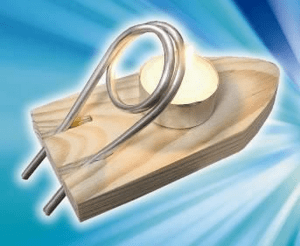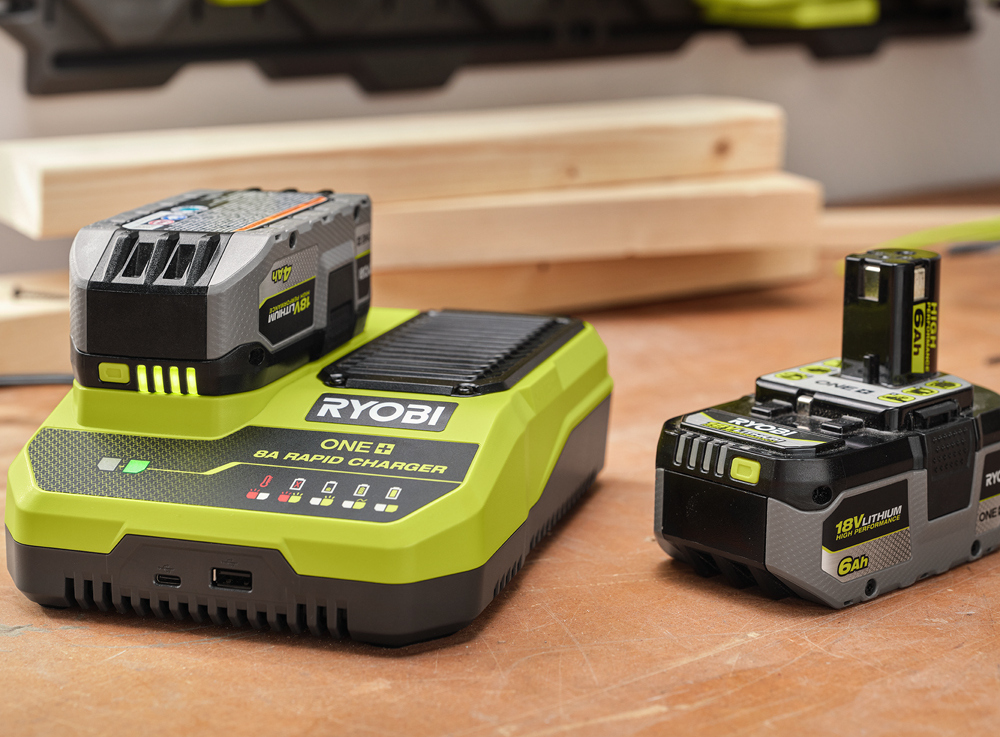
Professionals, as well as DIYers, depend on power tools. They enable effective and precisely completed jobs. Maintaining the lifetime and functionality of these instruments depends critically on appropriate battery management. Careful management and charging of power tool batteries guarantee their longevity and constant performance.
Below are important guidelines for charging and keeping your power tool batteries’ charge at optimal levels.
Contents
Guide to Charging & Preserving Power Tool Batteries
Understanding Your Battery Type
There are many kinds of power tool batteries, each with unique qualities and charging needs. Ensuring appropriate maintenance and lifetime depends first on knowing the kind of battery your power tools run on. The several kinds of power tool batteries as well as their particular requirements will be discussed in this section.
Li-Ion Batteries, Lithium-Ion
The most often utilized kind in contemporary power tools are lithium-ion batteries. Their lightweight architecture, great energy density, and absence of memory effect are well-known. They can thus be charged at any moment without running the danger of lowering their capacity.
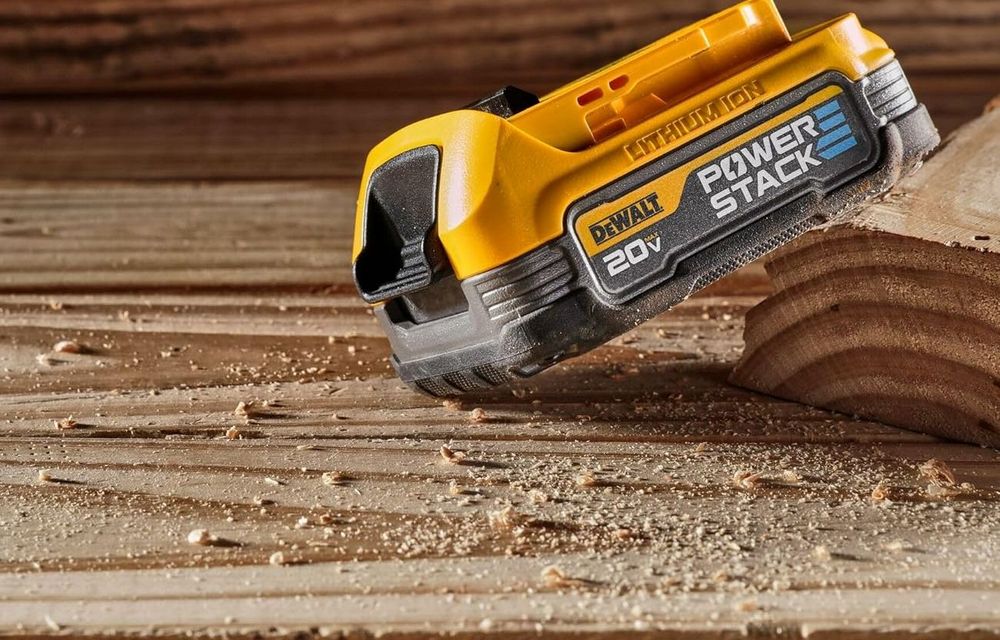
Li-ion batteries should be charged in a cold, dry atmosphere though; they are sensitive to high temperatures. Use the manufacturer’s recommended charger always to prevent battery damage.
NiCad Batteries: Nickel-Cadmium
Power tools have long since made use of nickel-cadmium batteries. They resist a great spectrum of temperatures and are robust. To preserve their capacity, they should be completely released before recharging however they suffer from a memory effect. Because niCad batteries have a lower energy density and are heavier than lithium-ion batteries, tools may weigh more and be bulkier.
Nimh, Or Nickel-metal Hydrides, Batteries
A halfway ground between NiCad and lithium-ion batteries are nickel-metal hydride batteries. Their energy density is higher than that of NiCad batteries, so the memory effect has less influence. To avoid capacity loss, they still must be completely discharged sometimes, though. Though less prevalent in power tools, certain versions have NiMH batteries.
Correct charging and maintenance depend on the kind of power tool batteries you own. Every kind of battery has special qualities that affect handling practices. Knowing if your power tools run lithium-ion, nickel-cadmium, or nickel-metal hydride batteries will help you ensure they are charged properly and will last for years to come.
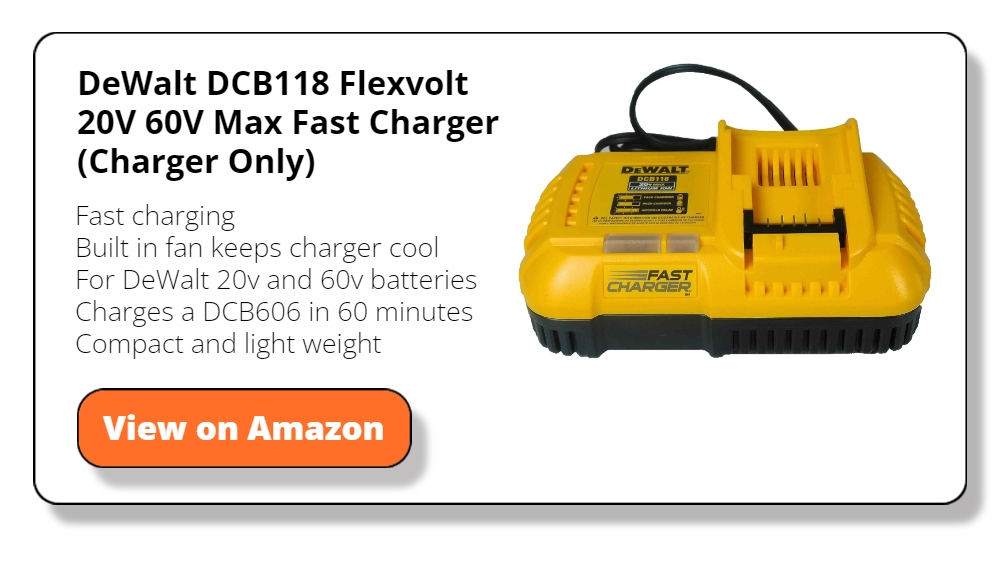
Using the Right Charger
Longevity and performance of your power tool batteries depend on you selecting the right charger. Using the incorrect charger could cause poor charging, shortened battery life, and perhaps even safety concerns.
Here we will go over the need of choosing the correct charger for your power tool batteries and offer advice on this regard.
Compatibility Between Charger and Battery
Making sure your power tool batteries fit the correct charger is the first step in utilizing one. Every kind of battery—from lithium-ion to nickel-cadmium to nickel-metal hydride—has particular charging needs. Use the charger that comes with your power tools or one manufacturer recommended always. This guarantees that the charging settings fit the requirements of the battery, therefore avoiding either overcharge or undercharge.
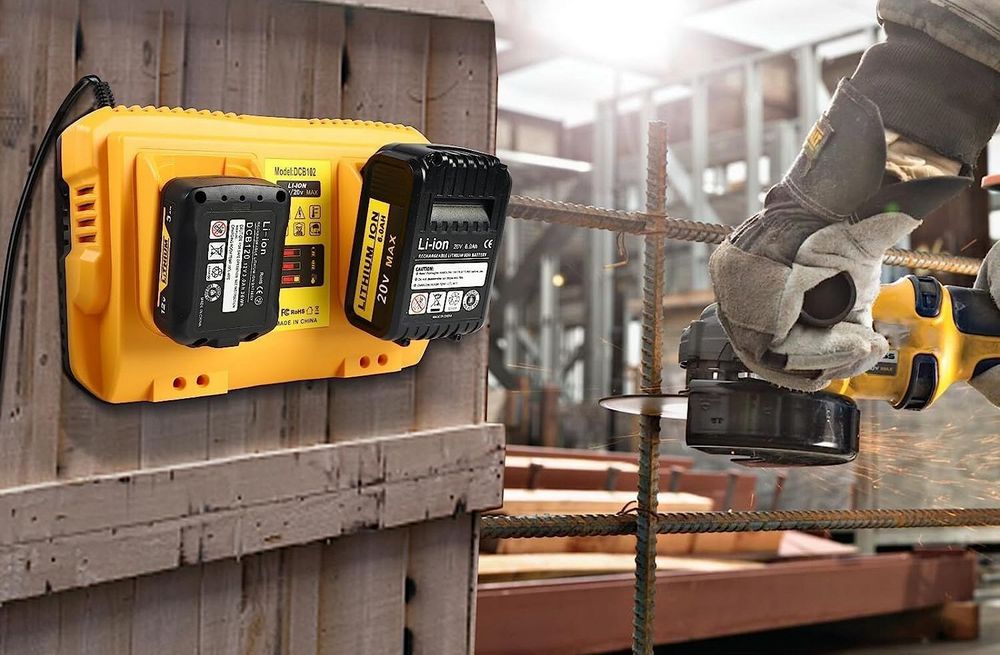
Advantages of Manufacturer-Suggested Chargers
Manufacturers’ recommended chargers are made to run perfectly with your power tool batteries. Among other things, they have automated shut-off, temperature monitoring, and best charging cycles. These characteristics prolong the lifetime of the battery and help to preserve its condition. Furthermore, depending on the manufacturer’s charger usually guarantees that you follow warranty terms, which voids should third-party chargers be used.
Risks Associated With Incorrect Chargers
Using generic or improper chargers could seriously compromise your power tool batteries. Inaccurate voltage or current from these chargers could cause overheating, lower battery capacity, or even permanent damage. Sometimes running a non-compatible charger could cause safety concerns including explosions or fires. Always keep to chargers designated for your power tool batteries to minimize these hazards.
The performance and lifetime of your power tool batteries depend on your choosing of a charger. Key habits are ensuring compatibility, running manufacturer-recommended chargers, and avoiding generic choices. Following these rules will help you to keep your batteries in best shape and guarantee that your power tools are always available for use.
Optimal Charging Environment
Maintaining the performance and lifetime of your power tool batteries depends on their being in the proper surroundings for charging. Your batteries’ lifetime and performance will be much influenced by environmental elements including temperature, humidity, and storage conditions. We will go over the best practices in this part to guarantee your power tool batteries have the ideal charging environment.
Optimal Temperature Ranges for Charging
Charged within designated temperature ranges, power tool batteries work at their best. Most batteries require their ideal charging temperature to be between 50°F and 85°F (10°C and 30°C). Extreme temperature charging of batteries may cause lower efficiency and possible damage. Particularly sensitive to high temperatures, lithium-ion batteries should be charged in a cool surroundings to avoid capacity loss and overheating.
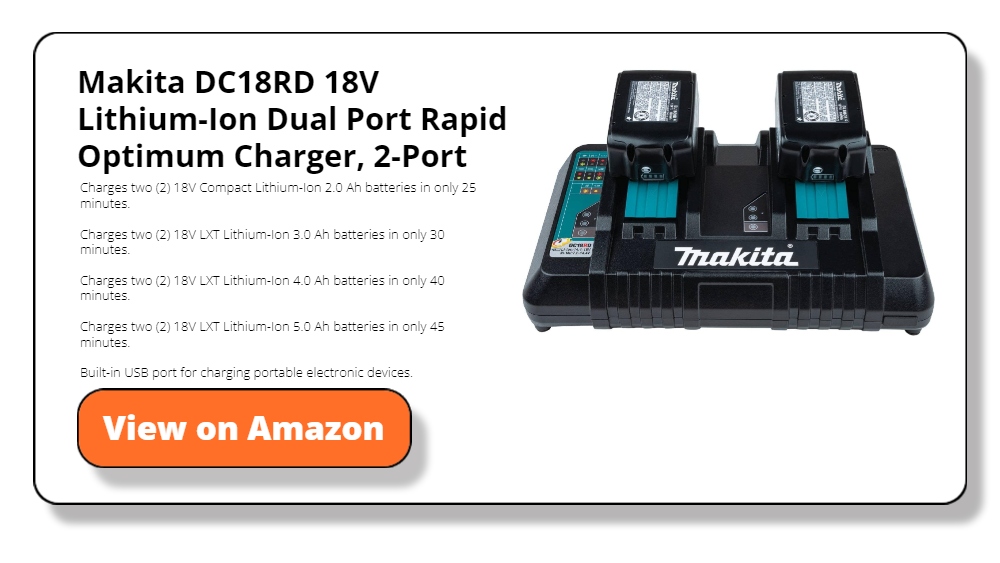
Staying Away from Extreme Temperatures
Extreme temperature exposure of power tool batteries when charging is absolutely avoidable. High temperatures could cause the battery to overheat and result in thermal runaway, therefore compromising the battery and maybe creating safety hazards.
On the other hand, charging in extremely cold environments might slow down the chemical reactions within the battery, therefore compromising its capacity to charge totally. To extend the lifetime of your batteries, always keep and charge them in a temperature-regulated surroundings.
Effects of Storage Conditions and Humidity
Maintaining the health of your power tool batteries depends equally critically on humidity and storage conditions. High humidity can cause condensation inside the battery, therefore promoting corrosion and electrical shorts.
Store your batteries in a dry area; if needed, use a dehumidifier to maintain a dry surroundings. Furthermore avoid charging batteries in dusty or polluted environments since pollutants could compromise the charging mechanism and harm the battery.
Keeping the ideal charging environment for your power tool batteries means managing storage conditions, temperature, and humidity. Your batteries’ lifetime will be much extended by charging within recommended temperature ranges, avoiding extremes, and guaranteeing a dry, clean surroundings. Following these rules will help you to make sure your power tool batteries stay dependable and efficient, ready to run your tools anytime needed.
Charging Practices
Extending the lifetime and preserving the performance of your power tool batteries depend on correct charging methods. Following advised rules guarantees that your batteries are always ready for use and helps to avoid damage. The finest charging techniques for power tool batteries will be discussed in this part to help them to remain in ideal condition.
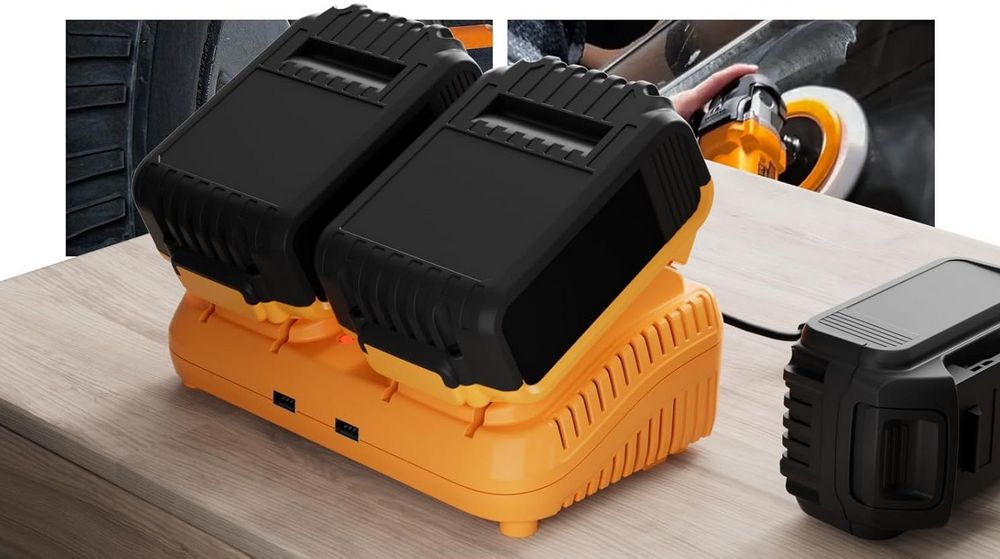
Avoiding Deep Discharge and Overcharging
Avoiding deep draining and overcharging is one of the important habits for preserving power tool batteries. Left on the charger for too long, an overcharging results from overheating and possible damage to the battery. Many contemporary chargers include automated shut-off mechanisms meant to stop this. Conversely, deep draining uses the battery until it is totally depleted, therefore compromising the internal structure of the battery. Recharge your batteries before they run totally to help you avoid this.
Regularly Charging Batteries
Regular charging of your power tool batteries is better than waiting until they are totally depleted. Particularly lithium-ion batteries gain from regular, partial charge instead of total drain and full recharge cycles. This habit guarantees that your instruments are always available for use and allows them to retain their capacity. Frequent charging also helps the battery cells not be stressed as deep discharge can cause.
Using Automatic Shut-off Smart Chargers
The charging procedure for your power tool batteries can be much enhanced by purchasing a smart charger with automatic shut-off capabilities. These chargers are meant to halt the charging process when the battery is fully charged, therefore preventing overcharging. Certain smart chargers also have temperature monitoring and maintenance modes, which assist to extend the battery life. Using a smart charger guarantees safe and effective charge of your batteries.
Avoiding Quick Charge Modes Unless Necessary
Although quick charge modes are handy when you need a short boost, they should only be utilized seldom. Regular usage of quick charge options can produce more heat, which over time might harm the battery. For daily use, keep to consistent charging protocols to guarantee the lifetime of your power tool batteries. Save rapid charging for circumstances requiring instant power and for which you cannot wait for a complete charge cycle.
These charging techniques will help your power tool batteries last as long as they should. Important actions are avoiding overcharging and deep draining, routinely charging batteries, using smart chargers, and exercising caution with rapid charge modes. These behaviors will help you to make sure your power tool batteries stay dependable, long-lasting, and efficient.
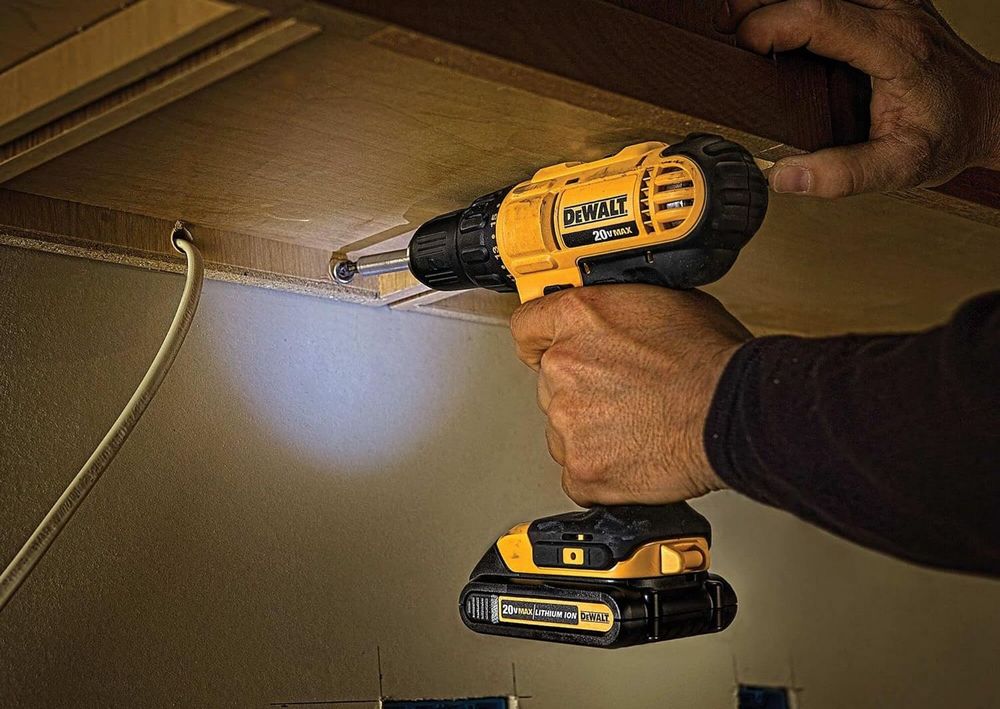
Storage and Maintenance
Proper storage and maintenance are essential for extended battery life and performance. Following a few basic rules will help you guarantee that your batteries stay in perfect condition even when not in use.
We will discuss ideal methods for keeping and storing your power tool batteries.
Saving Batteries at Half Charge
Batteries should be stored partially charged if you want them to last for long times. Either fully charged or totally drained storage of them can strain the battery cells and shorten their lifetime. Before storing them, aim for a charge level of about forty to sixty percent. This habit guarantees the battery stays healthy during storage and helps to preserve its capacity.
Frequent Maintenance Of Battery Contacts
Effective charging and operation depend on maintaining cleanliness and being free from trash battery connections and damage. Check the contacts often and wipe them with a cotton swab or a dry towel. Steer clear of using cleaning products or water since they can corrode. A good connection between the battery and the tool guarantees that clean connections reduce power loss and possible damage.
Advice On Extending Battery Life During Storage
Store batteries somewhere cool and dry, away from direct sunlight and strong heat. Avoid high-humidity regions since moisture causes corrosion and other problems. Use a specific storage container or compartment to guard them from dust and physical harm. Rotate the use of your several batteries to also guarantee that they all undergo regular charging and discharging cycles.
Your batteries’s lifetime and efficiency will be much increased by using these storage and maintenance techniques. Key to maintaining your batteries in best condition is correct storage at partial charge, frequent cleaning of battery connections, and thoughtful storage settings. These rules will make sure your tools are always ready for best performance.
Factors that Drain Your Power Tool Batteries
Knowing the reason behind fast battery drain will enable you to act to prolong their lifetime and maintain their performance. In this section, we will discuss several elements causing battery depletion and provide pointers on how to minimize these problems.
High-powered demand tools
Tools requiring a lot of power, including saws, drills, and grinders, can quickly run out of batteries than less taxing ones. More current drawn by these high-power instruments causes faster battery depletion. Use batteries with more capacity for such instruments to help handle this; also, think about keeping extra batteries on hand for longer projects.
Extreme Ranges of Temperature
Operating power tools in extreme temperatures can drastically impact battery life. While very low temperatures might lower their efficiency, high temperatures can cause batteries to overheat. Both states cause faster battery drain. Store your batteries in a climate-regulated area and try to use your tools in moderate temperatures to help offset this.
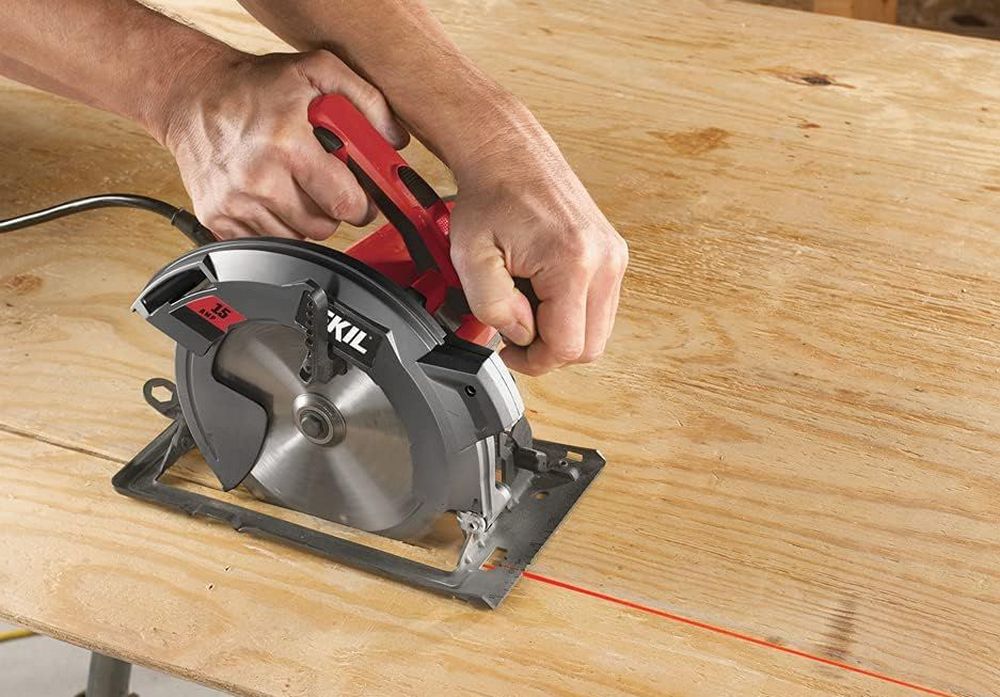
Overloading the instrument.
Using your tools outside their intended purpose can cause them to draw too much power, thereby draining the battery. This usually results from trying to cut through thick materials or from too much pressure used. To extend battery life, always use the right instrument for the job and steer clear of overloading.
Infrequent Use
Self-discharge causes regularity of use batteries to lose their charge over time. Batteries gradually lose their charge even in use, which can lower capacity and performance. Periodically charge your batteries even if they are not being used to offset this and guarantee correct storage of them.
Incorrect Storage
Batteries kept in dusty or high humidity conditions may develop problems that hastens their drain. Dust and moisture can compromise battery connections and cause corrosion, hence degrading performance. To prevent these problems, keep your batteries dry and cleanly arranged. A good example are power tool organizers with a compartment for batteries.
Knowing these factors and acting to minimize them will help you to guarantee longer lifetime and better performance of your power tool batteries. Maintaining the lifetime and efficiency of your batteries depends on knowing how high-power demand tools, extreme temperatures, overloading, rare usage, and poor storage affect them.
Conclusion
Properly charging your power tool batteries is crucial for maintaining their performance and extending their lifespan. Using our guidelines on using the right charger, maintaining an optimal charging environment, and adhering to correct charging habits can make a significant difference to your cordless tools. Implement these strategies to ensure your batteries are always ready and reliable for any task.

